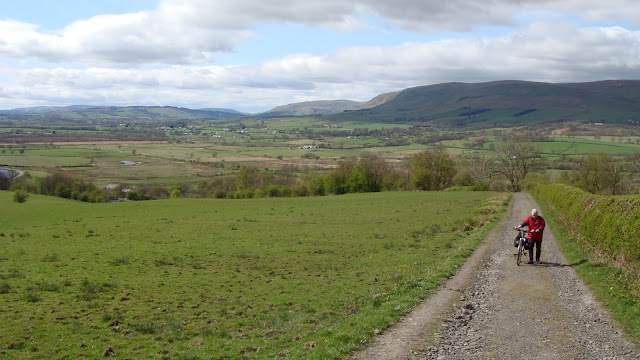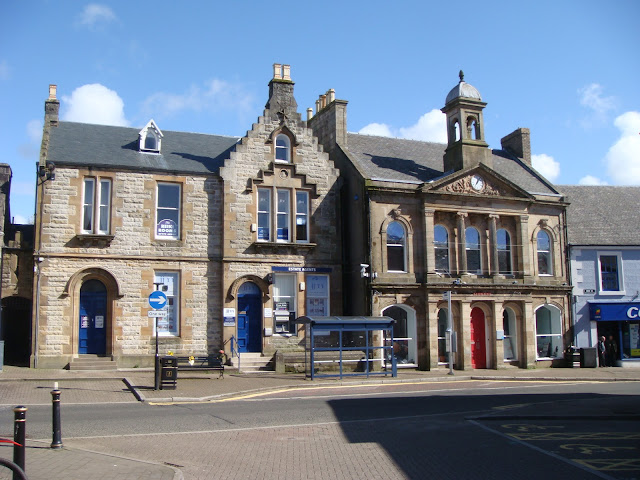The first time I ascended Dumfoyne (in between Slack Dhu and Dumgoyne) I never actually went to the top of the hill because there were people there, and their noise. This time as I approached its humble summit, instead of people and their noise, I came across a ram. Yet, this was no ordinary ram. This was a ram who had evidentally been wizened and widened by the elements and its openness to them. It looked at me, boldly, and I looked at it, a little less boldly. I nodded, confirming its mastery of the hill, and went back down. It was a moment - a living moment that endures throughout your whole life - that you will never forget. But you realize this more and more when you come into the hills.... on your own. That you are not alone. That you are only human in contact and conviviality with what is not human: Rocks, birds, trees, plants, air and insect. Emphatically, your greater Self.
A voice comes alive within you when you come into your own blissful solitude. A voice that is kept down by the noise and the intra-species incest of an existentially corrupt and people-coagulated society. The resuscitation of your greater Self can only come with solitude and silence, and a little wind. Only then will you realise that this ram is none other than your self, admittedly, with a little more hair, and a little less clothing.
Gazing at your self, whilst gazing out of your self, is a strange experience no doubt, but it is the only way we will ever come to realise our own larger family.
The ram on top of Dumfoyne is part of that family.
The brain, really, is in the legs!
The skull of Dumgoyne and the highlands beyond (with a little of Loch Lomond visible centre left).
The living cairn on the living mountain. The vagueness of the scene renders everything together, whether it be the light pastel colours, the gently undulating topography, or the blue-grey of the skyscape. It is within this vagueness, or blandness, that one will uncover the cosmos.
A fox hole ( I think) with fresh bones outside. I found a couple of sheep skulls on the hillside too, one which was perfectly preserved in the earth, and which now resides in my living room as a reminder of the finite nature of even our bones.
The Ravens of Dumfoyne from the south face of Dumgoyne.




































